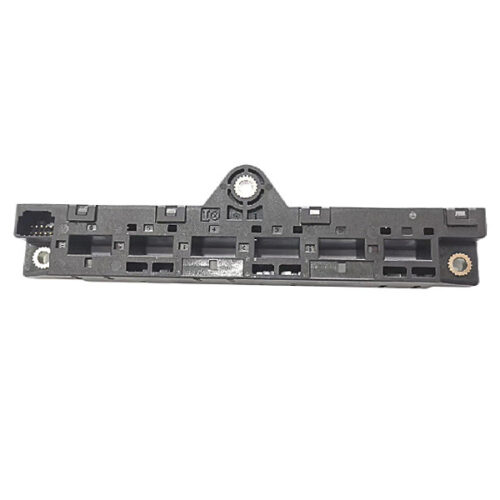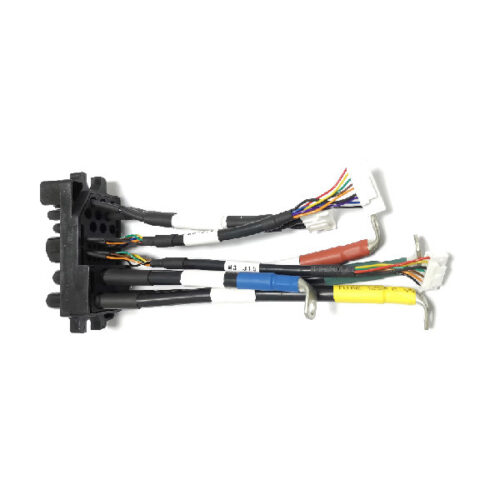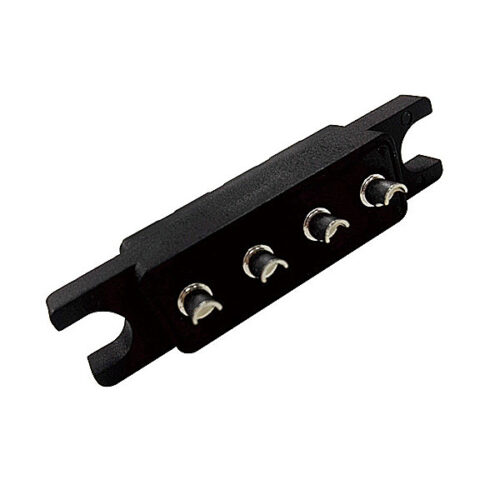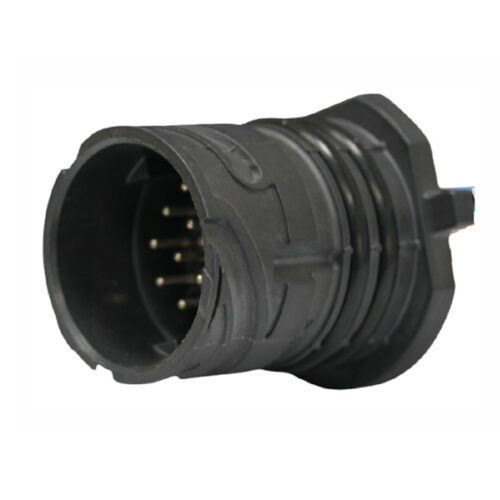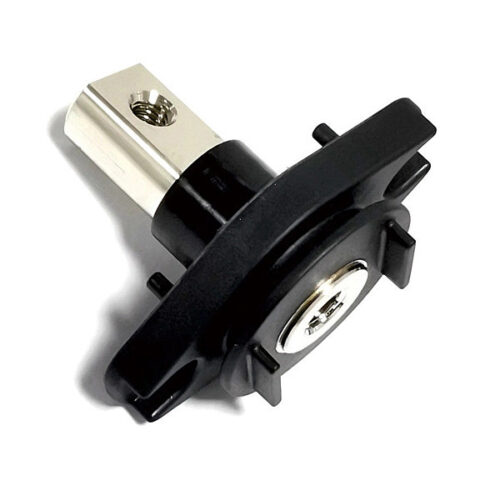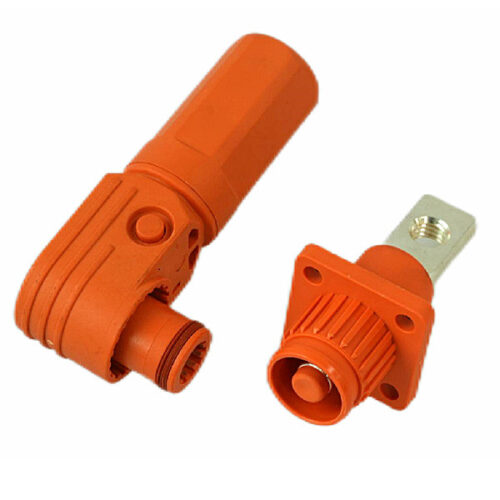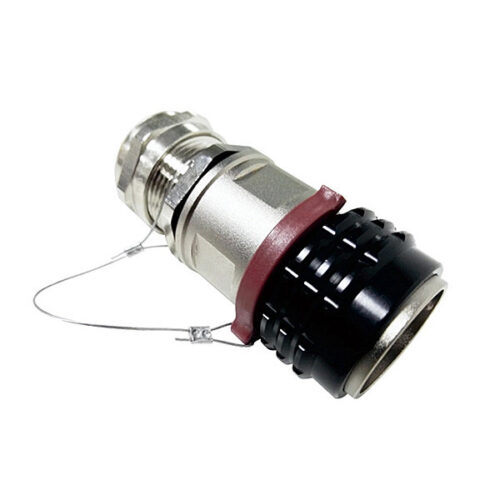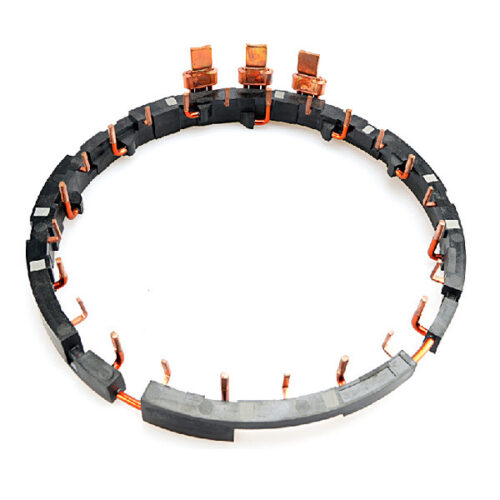Blogs & News
We are focus on automotive wiring harness & connectors technology.
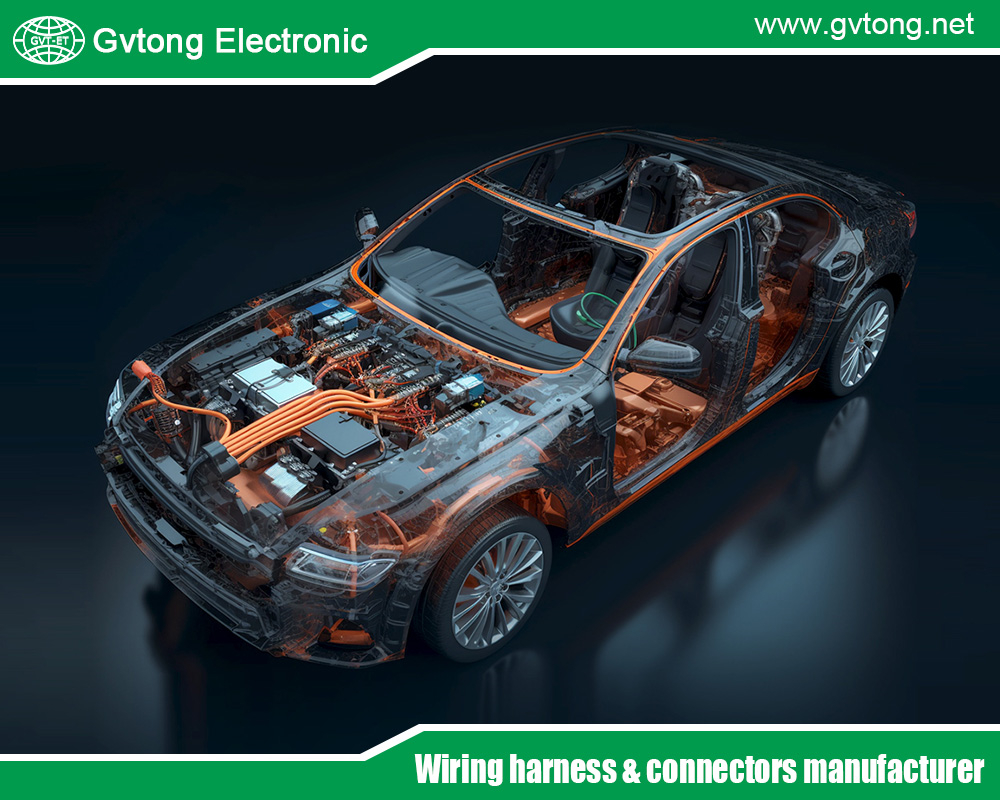
Decoding the “Neural Junction” for Autonomous Driving Safety: ADAS Automotive Connector
- Gvtong Electronic
- 2p 32p Automotive Connector Terminal Crimping, 48V board net connectors, adas automotive connector, ADAS automotive connectors manufacturer, ADAS automotive connectors supplier, Anti-vibration automotive connectors, Automated assembly connectors, Automated assembly connectors Cost-effective automotive connectors, automotive antenna connector, automotive connector, Automotive Connector and Cable Products, automotive connector companies, Automotive Connector Factory, automotive connector manufacturer, automotive connector market, Automotive Connector Supplier, automotive data connector, automotive diagnostic connector, Automotive high - frequency connector, automotive hybrid connector, automotive optical fiber connector, Automotive power distribution connector, Automotive temperature - resistant connector, Automotive vibration - resistant connector, Automotive-grade AEC-Q200 connectors, Halogen-free automotive connectors, Recyclable material connectors, Redundant safety connectors, Thermal management connectors, Wireless charging connectors
- No Comments
Decoding the “Neural Junction” for Autonomous Driving Safety: ADAS Automotive Connector
In the rapidly evolving landscape of automotive technology, autonomous driving represents a pinnacle of innovation, promising safer roads, reduced human error, and enhanced mobility. At the heart of this transformation lies Advanced Driver Assistance Systems (ADAS), which serve as the foundational building blocks for self-driving vehicles. But what if we conceptualize the vehicle’s electronic architecture as a vast neural network, akin to the human brain? In this analogy, sensors act as sensory organs, processors as cognitive centers, and automotive connectors as the critical “neural junctions”—the synapses where signals converge, decisions are made, and actions are executed. These connectors are not mere passive components; they are the vital links ensuring seamless, reliable communication in high-stakes environments.
The term “Neural Junction” encapsulates this idea: the point of interconnection where data from myriad sources fuses to enable real-time safety responses. As vehicles progress toward full autonomy, the role of ADAS automotive connectors becomes increasingly paramount. They facilitate the high-speed transmission of data from cameras, radars, LiDARs, and ultrasonic sensors to electronic control units (ECUs), ensuring that features like automatic emergency braking, lane-keeping assist, and adaptive cruise control function flawlessly. Without robust connectors, the entire system could falter, leading to potential safety hazards.
This article delves into decoding the “Neural Junction” within ADAS frameworks, exploring how these connectors underpin autonomous driving safety. We’ll examine the fundamentals of ADAS, the intricate role of automotive connectors, their metaphorical alignment with neural junctions, recent advancements, and future trajectories. By understanding these elements, we gain insight into how seemingly small components are driving monumental shifts in transportation. As the automotive industry hurtles toward Level 5 autonomy—where vehicles operate without human intervention—the reliability of these junctions will determine the success and safety of the journey ahead.
The importance of ADAS cannot be overstated. According to industry analyses, ADAS technologies have already reduced accident rates by integrating sensor data for proactive interventions. Yet, the connectors binding these systems together often go unnoticed, despite their critical function in maintaining signal integrity amid vibrations, extreme temperatures, and electromagnetic interference.
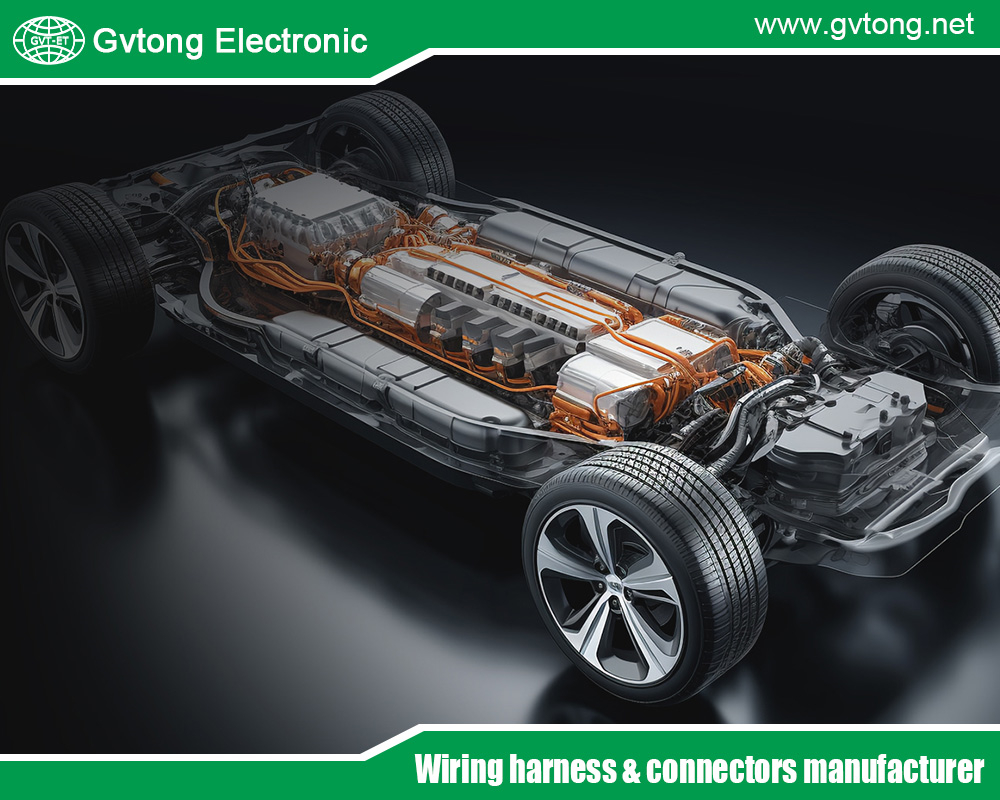
Understanding ADAS: The Backbone of Autonomous Driving
Advanced Driver Assistance Systems (ADAS) encompass a suite of technologies designed to augment human drivers or, in higher levels, replace them entirely. Defined by the Society of Automotive Engineers (SAE), ADAS spans six levels of automation, from Level 0 (no automation) to Level 5 (full autonomy). At lower levels, ADAS includes basic features like anti-lock braking systems (ABS) and electronic stability control (ESC). As we ascend, it incorporates sophisticated capabilities such as pedestrian detection, traffic sign recognition, and highway autopilot.
The core components of ADAS automotive connector include sensors, actuators, processors, and communication networks. Sensors—ranging from cameras for visual recognition to radars for distance measurement and LiDAR for 3D mapping—gather environmental data. This information is processed by ECUs, which use algorithms, often powered by artificial intelligence (AI) and machine learning, to make split-second decisions. Actuators then execute these decisions, such as applying brakes or steering adjustments.
Safety is the primary driver behind ADAS adoption. Studies indicate that human error contributes to over 90% of road accidents, and ADAS aims to mitigate this through features like forward collision warning and blind-spot monitoring. In autonomous vehicles, ADAS evolves into a comprehensive system where vehicles communicate with each other (V2V) and infrastructure (V2I), forming a connected ecosystem.
However, the efficacy of ADAS hinges on reliable data flow. This is where automotive connectors enter the picture. In electric and autonomous vehicles, ADAS integration demands connectors that handle high-bandwidth data without latency, ensuring that sensor fusion—a process where multiple sensor inputs are combined for a holistic view—occurs seamlessly. For instance, in a scenario where a vehicle detects a pedestrian via camera and confirms via radar, any delay in connector-mediated transmission could be catastrophic.
Moreover, ADAS in electric vehicles (EVs) adds layers of complexity, as power management and energy efficiency must align with safety protocols. Advances in ADAS for EVs include enhanced sensor integration, which relies on connectors capable of withstanding high-voltage environments while maintaining low power consumption. As we decode the “Neural Junction,” it’s clear that ADAS is not just about software algorithms but also about the hardware that enables them, with connectors acting as the unsung heroes of safety.
The Role of Automotive Connectors in Vehicle Systems
Automotive connectors are specialized electrical interfaces that link various components within a vehicle, facilitating the transfer of power, signals, and data. Unlike standard connectors, they are engineered to endure harsh conditions: temperatures from -40°C to 150°C, constant vibrations, moisture, and chemical exposure. Types include wire-to-wire, wire-to-board, and board-to-board connectors, each tailored for specific applications.
In traditional vehicles, connectors primarily handle basic electrical functions like lighting and engine control. However, in modern ADAS-equipped cars, their role expands dramatically. They connect sensors to processors, enabling the high-speed data exchange necessary for autonomous features. For example, harness connectors link cameras and sensors to the central computing unit, ensuring that data from multiple sources is transmitted without loss or interference.
The vitality of these connectors lies in their contribution to system reliability. In autonomous driving, where decisions must be made in milliseconds, connectors ensure signal integrity, preventing data corruption that could lead to erroneous actions. They support protocols like Ethernet, CAN (Controller Area Network), and FlexRay, which are essential for real-time communication.
Safety standards, such as ISO 26262 for functional safety, mandate that connectors meet stringent requirements for fault tolerance and redundancy. In critical sectors like braking and steering, connectors incorporate fail-safe designs, such as sealed housings to prevent short circuits. Furthermore, in self-driving cars, connectors enable the integration of redundant systems, where multiple pathways ensure continued operation even if one fails.
Beyond safety, connectors enhance efficiency. In zonal architectures—a emerging trend in autonomous vehicles—connectors reduce wiring complexity by grouping functions into zones, minimizing weight and improving fuel economy. This architecture relies on high-performance connectors to handle gigabit data rates, supporting advanced features like over-the-air updates and predictive maintenance.
In essence, automotive connectors are the glue holding the vehicle’s electronic ecosystem together. Their evolution from simple power links to sophisticated data highways mirrors the shift toward autonomy, where every connection counts toward safer roads.
Decoding the “Neural Junction”: Connectors as Safety Enablers
Drawing from neuroscience, a neural junction, or synapse, is where neurons transmit signals via neurotransmitters, enabling complex behaviors. In autonomous vehicles, ADAS automotive connectors serve a parallel function: they are the “Neural Junctions” where sensory data converges, is processed, and triggers responses, ensuring safety through precise, uninterrupted communication.
Consider the ADAS workflow: Sensors detect obstacles, connectors relay this data to AI-driven ECUs, which analyze and command actuators. Any disruption at the connector level—due to corrosion, loose fittings, or electromagnetic noise—could cascade into safety failures. Thus, decoding the “Neural Junction” involves understanding how connectors mitigate these risks.
High-speed data transmission is key. ADAS connectors, like those from Molex, support rates up to 10 Gbps, crucial for processing video feeds from multiple cameras in real-time. They incorporate shielding to maintain signal integrity, preventing interference in dense electronic environments.
For safety, connectors enable sensor fusion, where disparate data streams are synchronized. In a blind-spot detection system, a connector might link radar and camera inputs, allowing the ECU to cross-verify threats. This fusion mimics neural integration, enhancing accuracy and reducing false positives.V2X (Vehicle-to-Everything) communication further amplifies the “Neural Junction” role. Connectors facilitate links to external networks, allowing vehicles to share data on road conditions or hazards, bolstering collective safety. In urban scenarios, this could prevent collisions at intersections by preempting human oversight.
Reliability testing is rigorous: connectors undergo vibration, thermal cycling, and ingress protection (IP) ratings to ensure durability. Innovations like self-healing materials or smart connectors with diagnostic capabilities add layers of safety, alerting to potential failures before they occur.
In autonomous fleets, such as robo-taxis, the “Neural Junction” scales up. Connectors must handle increased data loads from fleet management systems, ensuring synchronized operations. Challenges include miniaturization for space-constrained EVs and compatibility with emerging standards like Automotive Ethernet.
Ultimately, decoding the “Neural Junction” reveals connectors as dynamic enablers of trust in autonomous systems. By bridging the gap between perception and action, they transform vehicles into intelligent, safe entities, much like synapses enable human cognition.
Advances and Innovations in ADAS Connectors
The quest for safer autonomous driving has spurred remarkable advances in ADAS connectors. High-bandwidth solutions, such as those using coaxial or fiber-optic elements, now support multi-gigabit Ethernet, essential for handling the data deluge from LiDAR and 4K cameras. Miniaturization is another frontier. Compact connectors from companies like Rosenberger reduce weight and space, ideal for sensor-heavy vehicles. These feature high-density pins and robust locking mechanisms to withstand automotive rigors.
Wireless connectors are emerging, using inductive coupling to eliminate physical wear, though they currently lag in data speed for ADAS applications. Hybrid designs combine wired reliability with wireless flexibility.
Sustainability drives innovation too, with eco-friendly materials like recyclable plastics and lead-free solders aligning with green mobility goals.AI integration into connectors allows for predictive maintenance, where embedded sensors monitor performance and flag issues. This proactive approach enhances safety by preventing downtime.
In zonal architectures, advances include smart gateways—connectors that route data intelligently, optimizing bandwidth and reducing latency. These pave the way for software-defined vehicles, where updates enhance ADAS without hardware changes.
Overall, these innovations fortify the “Neural Junction,” making autonomous driving not just feasible but inherently safer.
Challenges and Future Trajectories
Despite progress, challenges persist. Cybersecurity threats loom, as connectors could be entry points for hacks disrupting ADAS. Standards like ISO/SAE 21434 address this, mandating secure designs.
Cost remains a barrier; advanced connectors increase vehicle prices, hindering mass adoption. Scalability for diverse vehicle types—from passenger cars to trucks—requires versatile solutions.
Looking ahead, quantum-resistant encryption in connectors will safeguard against future threats. Integration with 6G networks will enable ultra-low latency V2X, revolutionizing safety.
Regulatory frameworks will evolve, emphasizing connector certification for autonomy levels. By 2030, widespread Level 4 adoption could see connectors as standardized, plug-and-play modules.
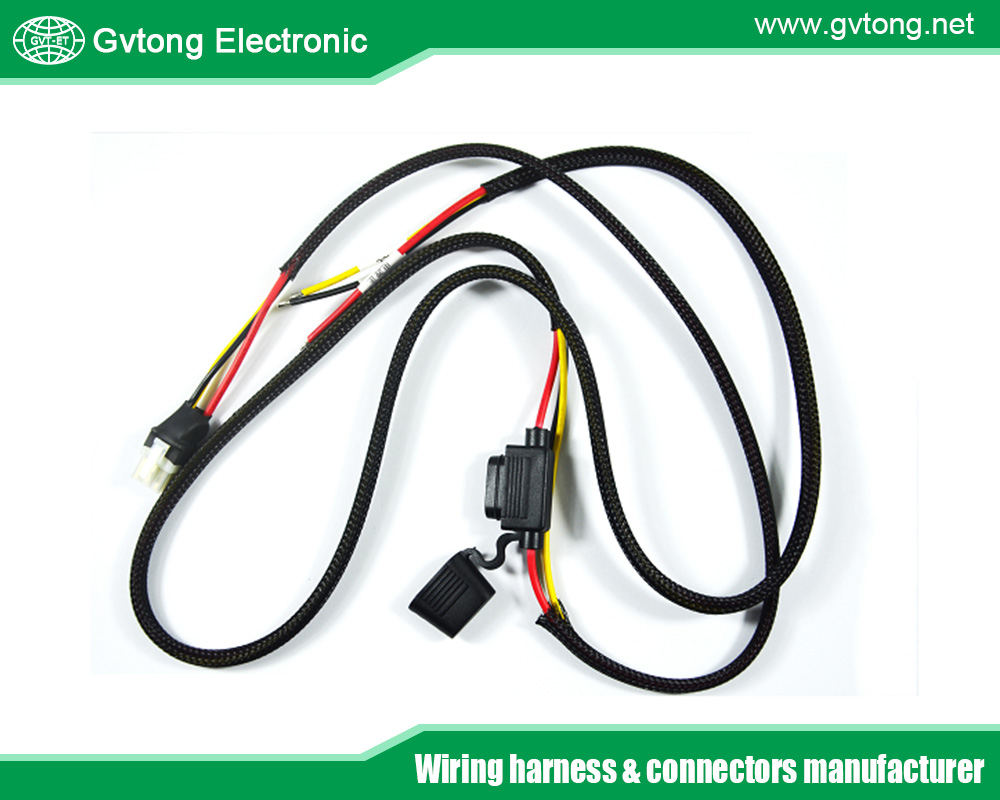
Conclusion
Decoding the “Neural Junction” unveils the profound impact of ADAS automotive connectors on autonomous driving safety. As these junctions evolve, they promise a future where roads are safer, vehicles smarter, and mobility transformative. Embracing this technology ensures we navigate toward a secure autonomous era.
For more about decoding the “Neural Junction” for autonomous driving safety: ADAS automotive connector, you can pay a visit to Gvtong at https://www.gvtong.net/ for more info.

